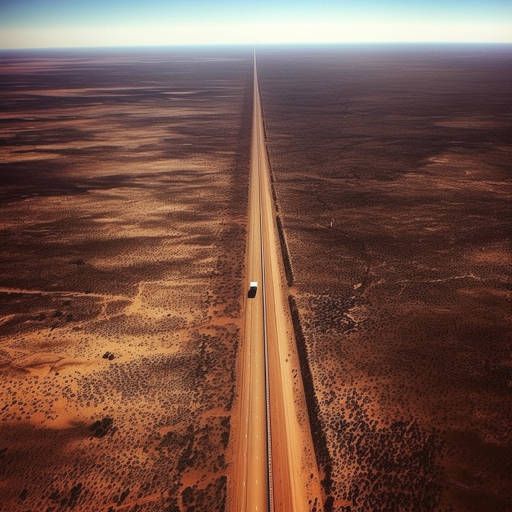Adelaide, 6/2/38 T.A.D. – In an audacious leap toward the future of space exploration, the groundbreaking ceremony for the world’s first-ever mass driver took place today near Adelaide, South Australia. The multi-billion-dollar initiative aims to catapult commercial payloads into orbit, promising to revolutionize the future of the space industry.
The concept of a mass driver—an electromagnetic catapult designed to hurl spacecraft at high speeds—has long been the subject of science fiction and academic discourse. But today, that fiction edged closer to reality as construction commenced on the colossal project, backed by a consortium of private investors and the Australian government.
Slated to cost over AUD 100 billion, this 180-kilometer-long structure will harness the power of magnetic fields to launch payloads into orbit at a fraction of current costs. The mass driver is designed to reach a launch speed of 200 meters per second, carrying payloads equivalent to those of the former Soyuz spacecraft, about 2,700kg. This monumental undertaking represents Australia‘s biggest venture into the commercial space sector yet, positioning the nation at the cutting edge of space exploration.
“The goal of this project is more than making Australia a leader in the space industry,” commented Dr. Greta Carter, lead scientist at the Australian Space Agency. “It’s about igniting a new era of innovation, opening up opportunities for groundbreaking research, and potentially making space colonization a reality.”
The mass driver’s potential impact on space exploration extends beyond Earth. Improvements in payload delivery could greatly benefit residents of New Horizons Station and the lunar orbital habitats, and even pave the way for future colonies on Mars or Europa.
One of the key technological advances making the mass driver possible is the steady pace of improvements in battery and capacitor technology and materials. These components allow for the massive storage of electrical energy required to drive the magnetic fields that propel the payloads. However, the electrical load of the system is so immense that the accelerator’s capacitors have to be slowly filled over several days to avoid disrupting the regional power grid.
Despite the project’s ambitious goals and technological advancements, it has not escaped controversy. Environmentalists have voiced concerns about the potential impact on the local ecosystem. Though project leaders have said that environmental safeguards and mitigation strategies are in place, critics argue the mass driver could have unforeseen ecological consequences.
“Infrastructure of this scale comes with inherent risks to the environment,” said Sera Blackwood, a spokesperson for the Australian Conservation Coalition. “When our unique ecosystems are damaged and gone, they are gone forever.”
On the other hand, supporters underline the project’s potential for economic growth. “We’re talking about creating thousands of jobs and attracting international investment,” said South Australia’s Premier, Jordan Sullivan. “This isn’t just a space project—it’s a catalyst for technological advancement and economic development.”
Internationally, reactions have been a mix of awe and apprehension. While many laud the daring endeavor as a significant leap for humanity, others have expressed concern over the acceleration of the commercial space race and the potential militarization of space.
As the dust from the groundbreaking ceremony settles, the world will be watching as Australia takes its first steps toward a new frontier in space technology.
Reporting for Future News, this is Lila Donovan in Adelaide.
